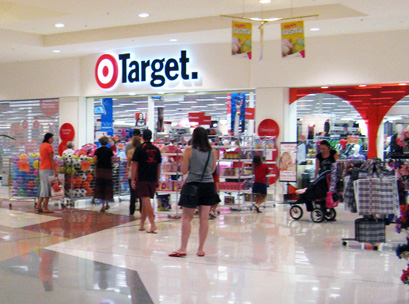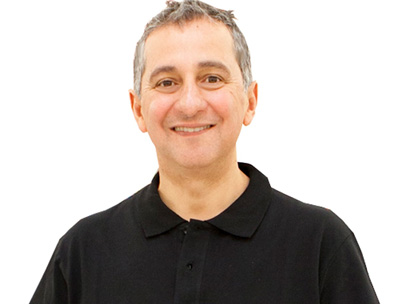 Wesfarmers’ troubled discount department store Target will become a smaller business in the coming years under plans to improve sales density by closing 20 per cent of its selling floor space.
Wesfarmers’ troubled discount department store Target will become a smaller business in the coming years under plans to improve sales density by closing 20 per cent of its selling floor space.
After stabilising several years of declining earnings and bringing sales growth back into several key categories, Department stores chief executive Guy Russo said that creating a smaller and more profitable Target would help to secure its future.
“It’s that problem the last four CEOs have been handcuffed by,” Russo said, addressing his plans for Target’s store network at Wesfarmers’ annual strategy day on Thursday.
“Each site has been evaluated property and when the lease comes up this time around we have to say to the landlords – we’re exiting.”
Specific Target stores have yet to be earmarked for closure, but Russo said a range of unprofitable locations, from 1,000sqm Target Country stores to larger 9,000sqm stores, existed across the network.
Read more from Wesfarmers’ 2018 strategy day:
- Coles to invest in new strategic direction.
- ‘We don’t rely on M&A’: Wesfarmers plays down acquisition talk.
- Kmart looks abroad to satiate growth aspirations.
- Bunnings charts e-commerce expansion.
Russo hopes to reposition Target over the next twelve months into a business that’s increasingly like international fast-fashion giants H&M, Zara and Uniqlo by accelerating a new fashion strategy, increasing exposure to online and improving product differentiation.
But despite saying earnings had stabilised on Thursday, Russo said as much as half of Target’s 305 stores remain unprofitable.
It is hoped that cutting away unprofitable space over the next five years will deliver a significant increase in profitability, positioning Target to become a leaner and more flexible operation that can undercut the global giants.

“[I’m] not talking about Kmart or BIG W with the team anymore,” Russo said.
“H&M, Uniqlo and Zara is the thing we are going after.”
New designers have been brought on to improve Target’s fashion, product quality and fabrics, while Russo is banking on the company’s strengthening cost structure to give it an edge on price.
“We’re already dropping items similar to those three brands at around half their price,” he said, using a recent successful launch of Dannii Minogue jackets as an example.
“We sell it for under $50 … competitors have a one in front of that.”
The middle of Australian retail has come under considerable pressure in recent years, with players like Myer and David Jones struggling to adapt.
But Russo remains confident that the time Target has put into refining its processes and resetting its cost base in recent years will position it for success.
“While I watch some of the bigger guys in trouble … its why we spent so much time on process in the last two years to make sure how we audit product [was right], now it’s about how it’s designed and produced.”
Target’s sales declined by 5.2 per cent in 3Q18, but Russo said sales growth has come back into important categories like women’s and men’s wear.
Its beleaguered Toy category has also returned to positive sales growth in the fourth quarter, several years after Russo drew criticism for ending Target’s popular, but unprofitable, annual toy sale.
On the store front, while Target is closing stores and converting others to Kmart locations, a new store format trial is gathering steam.
Two stores in Point Cook and Waurn Ponds in Victoria have been renewed so far with a further roll-out of the format anticipated after more data is gathered.
“We’d still like to see a higher sales and profit return on them,” he said.
There will, however, be 50 space resets being rolled out across the network soon, which will bring the women’s, kid’s and home categories to the front of stores in a bid to support sales density and margins.






